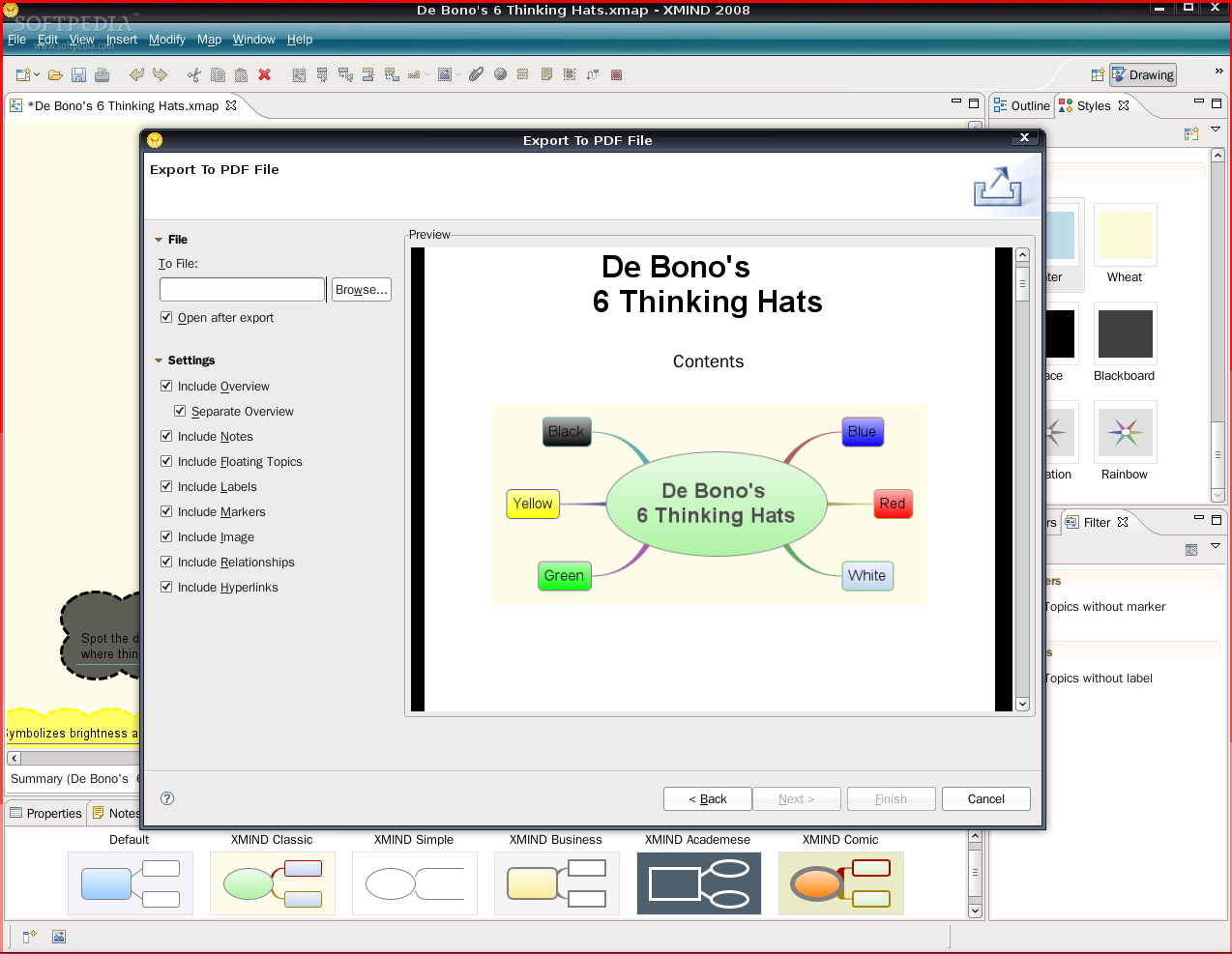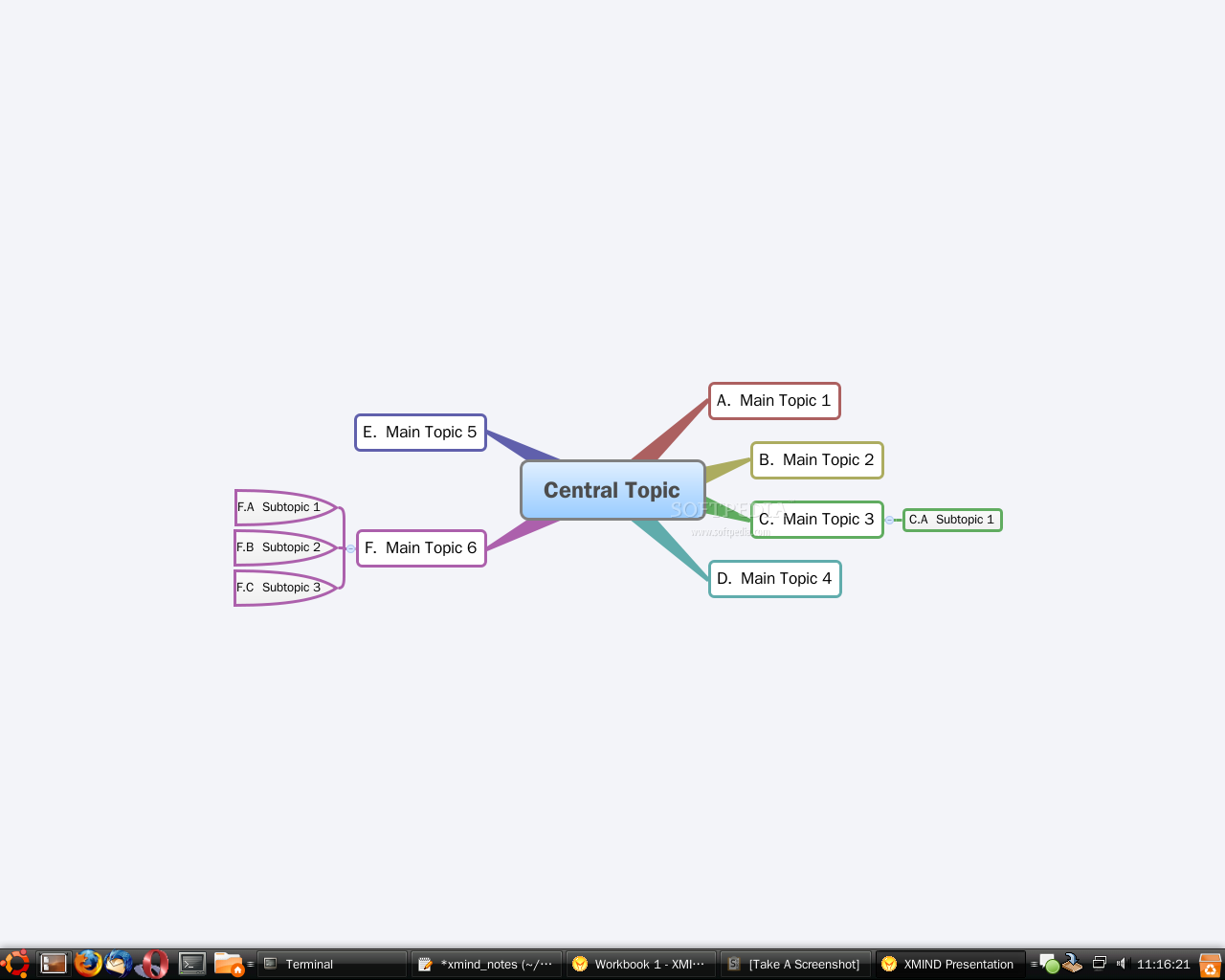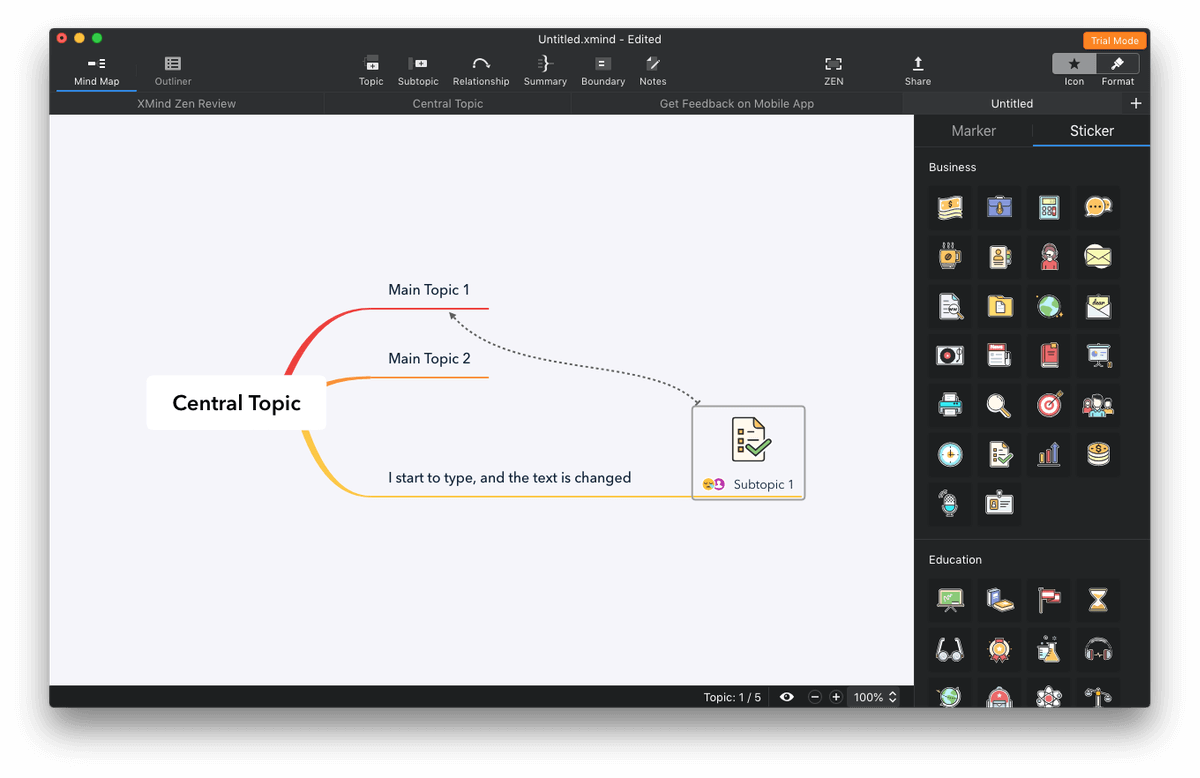

Why not put those in a mind map that makes it easy see how everything ties together? There are many books that talk about the importance of setting goals and making sure that you look at them regularly.

Goal Setting: Setting goals is very powerful as it creates a plan and a vision for your week, month, year, etc.Being able to visually see how your tasks are related might help you see your to-do list in a new light and help you get more done. Project/Task Management: If you just can’t seem to make a task management system work for you, try using a mind map instead.For example, you might not want to re-read the entire Getting Things Done book every year, but it can be helpful to at least review the core concepts to make sure there aren’t any glaring holes in your system. This also provides an easy way for you to review the information at a later date. Book Summaries: One of the best ways to retain what you learn when reading a book is to write down the basic book structure in the form of a mind map.As you write down different aspects of the problem and expand details where necessary, the answer often becomes clear. Problem Solving: Mind maps can be a great way to solve problems because they allow you to analyze different parts of a complex problem to highlight new and creative solutions.Creating a mind map can help you overcome the fear of sitting down to an empty page as it provides direction and structure for knowing exactly what to write. We started with the main sections and then fleshed out all the details, which made the process of writing the review sections much easier.

#Xmind pro review mac#
We really like this definition of a mind map by David Sparks (aka MacSparky) from a Mac Power Users episode on Cooking Ideas: It allows any idea to be connected with another at any time, and helps you see connections that you wouldn’t have otherwise. Think of it as the right-brained version of a standard outline that is perfect for “radiant thinking,” an idea popularized by Tony Buzan.

The basic idea is that you start with a central idea and build branches (or “nodes”) around it. What is a Mind Map, Anyway?Ī mind map is a diagram that connects information around a central topic or subject. There are several attractive options for Apple users looking for a mind mapping app to help capture, develop, and organize their ideas, but we think that MindNode is the best because it has a beautiful design that helps get your ideas flowing, is easy to use, has rock-solid sync, and has enough import/export options to be a really useful tool in almost any productivity workflow.


 0 kommentar(er)
0 kommentar(er)
